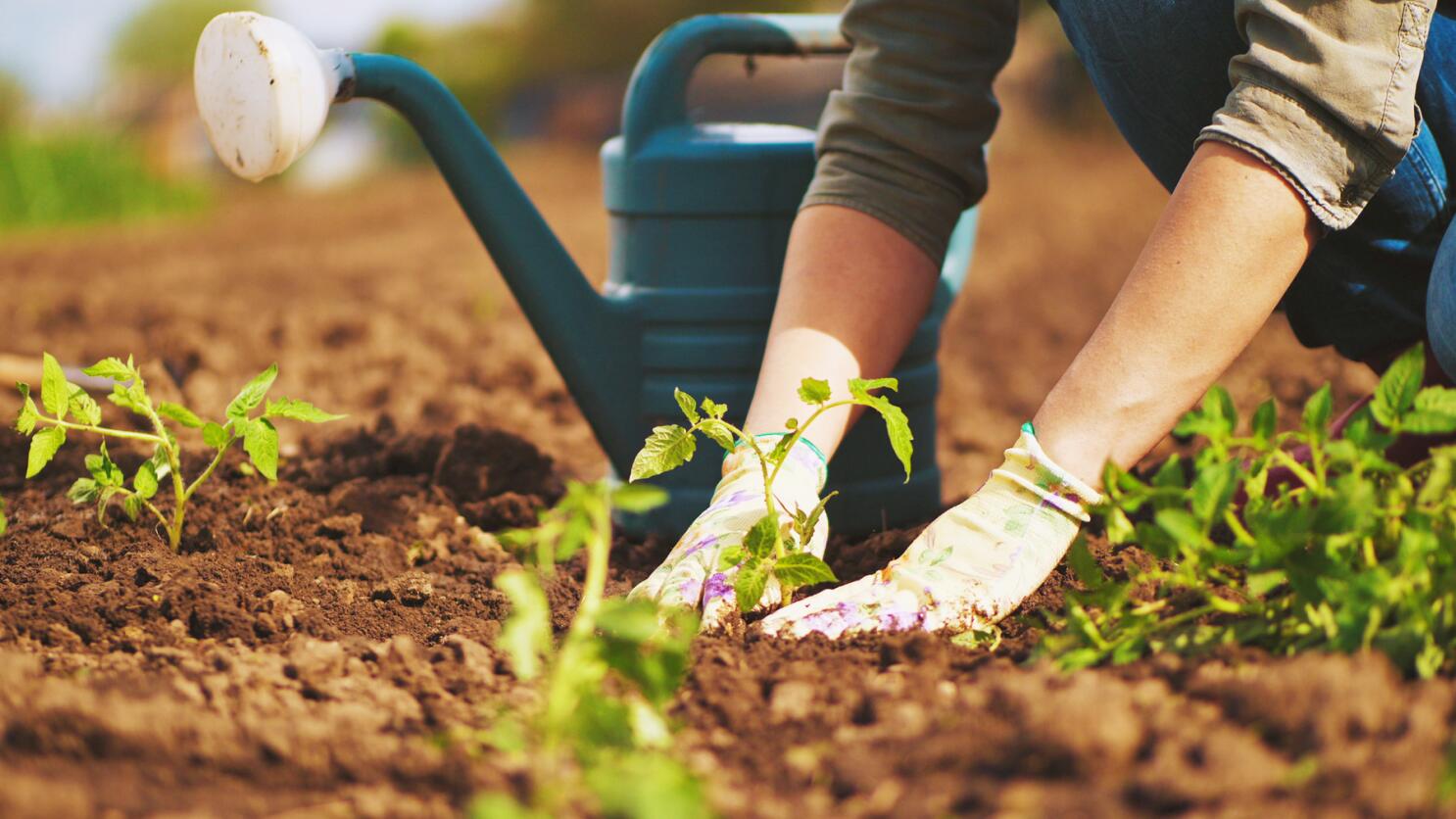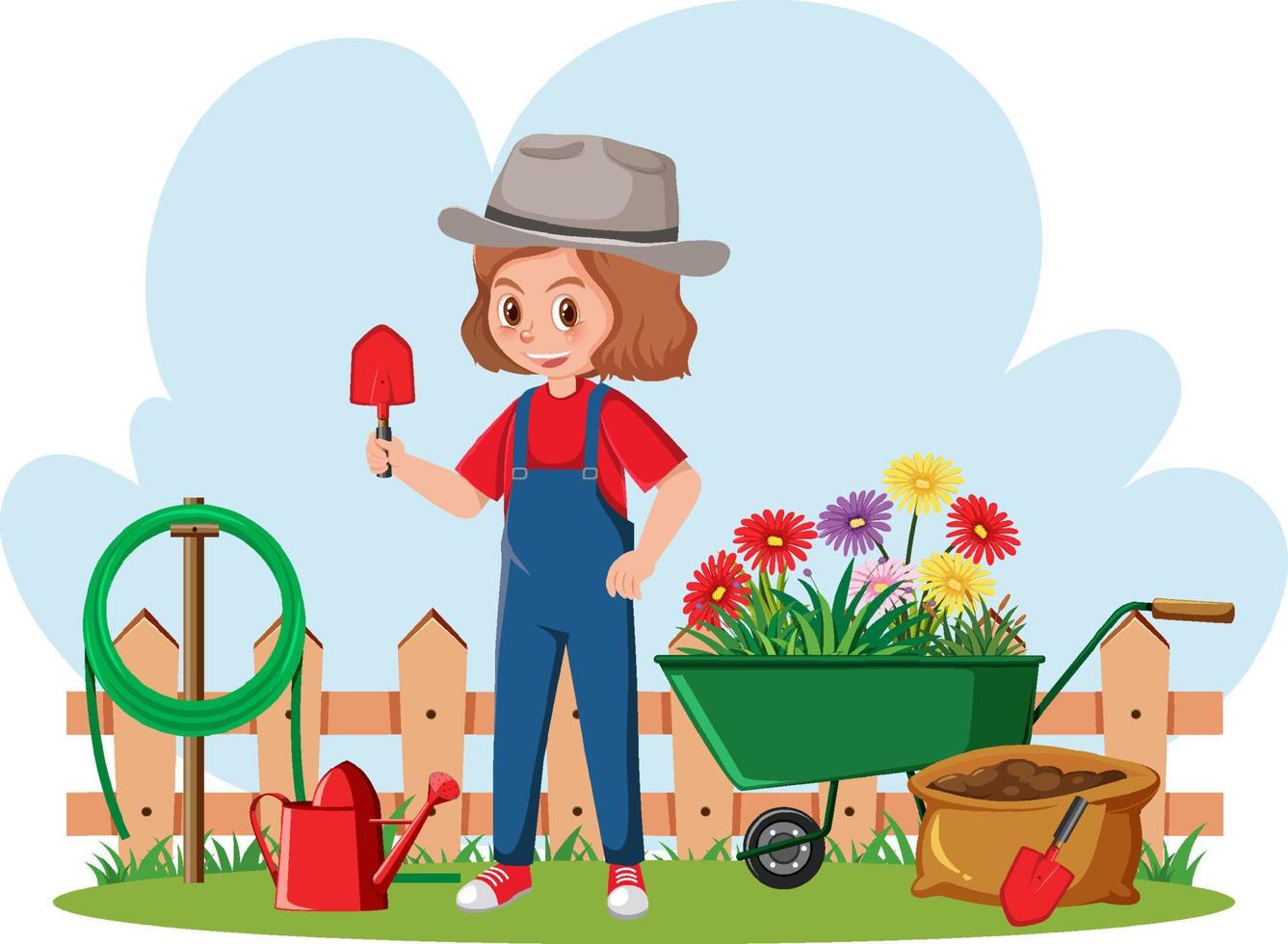Growing Confidence: Newbie Gardening Hacks for Greenery Enthusiasts
Wiki Article
From Novice to Eco-friendly Thumb: A Step-by-Step Trip Through the Art of Gardening

Recognizing Your Horticulture Space
To begin your horticulture journey, it is necessary to understand the one-of-a-kind qualities and constraints of your gardening area. Are there any certain challenges you may deal with, such as inadequate soil high quality or minimal water accessibility? Recognizing these elements will certainly aid you make informed decisions concerning the types of plants that will grow in your space.Think about the dimension of your horticulture area. You might need to focus on container gardening or upright horticulture to optimize your growing area if you have a tiny room. On the other hand, if you have a large area, you have the high-end of growing a selection of plants and creating different zones within your garden.
If your room is shaded, you can decide for shade-loving plants like hostas or ferns (newbie gardening). If your area receives full sunlight, you can expand a large variety of plants, including blossoms, natural herbs, and vegetables.
Last but not least, consider any difficulties or limitations specific to your room. You may require to change it with compost or pick plants that are forgiving of less-than-ideal conditions if your dirt high quality is poor. If water is limited, you can choose drought-tolerant plants or carry out water-saving techniques like mulching.
Choosing the Right Plant Kingdoms for Your Garden
Select plants that are well-suited to your yard's one-of-a-kind problems and your personal choices. When choosing plants for your yard, it is necessary to think about factors such as sunshine, soil kind, and climate. Take an appearance at the amount of sunlight your yard gets throughout the day. Some plants grow completely sunlight, while others choose partial or also full color. Consider the soil kind in your garden. Some plants like well-drained dirt, while others flourish in wet or clay-like soil. Additionally, take right into account the climate in your area. Some plants are much better suited for completely dry and hot climates, while others can hold up against colder temperature levels.An additional important element to think about is your individual choice. Do you prefer a garden loaded with vibrant blossoms, or are you a lot more interested in growing vegetables and herbs? Think of the objective you desire your yard to offer and the visual you desire to attain. It's additionally worth thinking about the maintenance level of the plants you select. Some plants need more care and attention, while others are much more low-maintenance.
Preparing the Dirt for Growing
First, evaluate the condition of your soil to figure out if any kind of modifications or renovations are required. The high quality of your soil is important for the success of your garden. Start by checking the appearance of the dirt. Is it sandy, fertile, or clayey? Sandy soil drains promptly, while clayey dirt maintains water. Loamy soil is the ideal equilibrium in between the two. Next, examine the pH degree of your soil. Most plants favor a somewhat acidic to neutral pH, around 6.0 to 7.0. If your dirt is too acidic or alkaline, you might require to change it using dirt changes such as lime or sulfur. In addition, you ought to consider the vitamins and mineral material of your soil. If any kind of vital nutrients are lacking, Conduct a dirt examination to identify. This will certainly assist you decide which plant foods or raw material to add. Last but not least, guarantee that your dirt is well-draining. Badly drained pipes soil can cause waterlogged origins and various other plant health and wellness concerns. Improve drain by including organic issue like garden compost or peat moss if required. By analyzing and making required modifications to your soil, you can develop an optimal atmosphere for your plants to grow.Nurturing and Keeping Your Yard
As soon as you have actually prepared the soil, it's time to obtain your hands filthy and start nurturing and keeping your garden. The secret to an effective garden corresponds care and attention. Watering is critical, especially during droughts. Make sure to sprinkle your plants deeply, enabling the water to pass through the dirt and get to the origins. Normal weeding is additionally important to keep your garden free from unwanted plants that compete for nutrients and space. Pull out any weeds, making sure to remove their roots to avoid them from coming back. Additionally, it's vital to supply appropriate nutrition for your plants. Think about utilizing organic fertilizers or compost to improve the dirt and advertise healthy and balanced growth. Pruning is another important job to maintain your yard looking neat and encourage better air movement and sunshine infiltration. Trim off any dead or broken branches to keep the total wellness of your plants. Be on the hunt for insects and diseases. Consistently evaluate your plants for any type of signs of problem or health problem and take instant activity to avoid additional damage. By adhering to these nurturing and maintenance practices, you will certainly guarantee a attractive and successful garden.Troubleshooting Common Gardening Issues
To resolve common horticulture problems, start by identifying the trouble and www.newbiegardening.com/ taking instant action. Among one of the most typical issues garden enthusiasts face is bugs. You might have a pest invasion if you see chewed leaves or plants that are wilting for no noticeable factor. Examine your plants carefully for indicators of pests or other insects. If you identify any kind of, remove them manually or utilize natural parasite control approaches. Another common issue is nutrition shortage. If your plants have actually yellow or blemished fallen leaves, they may not be getting enough nutrients. Think about feeding your dirt or including garden compost to enhance its nutrition web content. Overwatering is one more problem that can hurt your plants. If you observe waterlogged soil or wilting despite sufficient watering, you may be overwatering. Change your watering routine appropriately and guarantee proper drainage. Ultimately, condition can likewise impact your garden. It can be an indication of disease if you see spots, mold and mildew, or unusual growth on your plants. Get rid of impacted plants and treat the remaining ones with natural fungicides or pesticides. By promptly addressing these usual problems, you can ensure the wellness and success of your yard.Verdict
By comprehending your horticulture room, choosing the right plants, preparing the soil, and nurturing your yard, you have actually gotten over common gardening issues like a pro. Now, armed with understanding and experience, you are all set to appreciate the beauty and abundance of your flourishing garden.
When picking plants for your garden, it is important to take into consideration aspects such as sunlight, dirt type, and climate. Some plants favor well-drained soil, while others thrive in wet or clay-like dirt (newbie gardening). By comprehending your gardening room, choosing the right plants, preparing the dirt, and nurturing your yard, you have overcome typical gardening problems like a pro
Report this wiki page